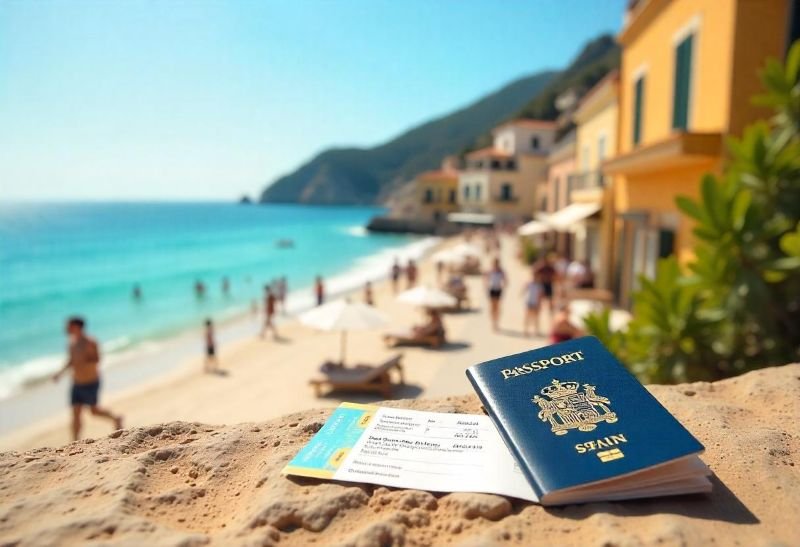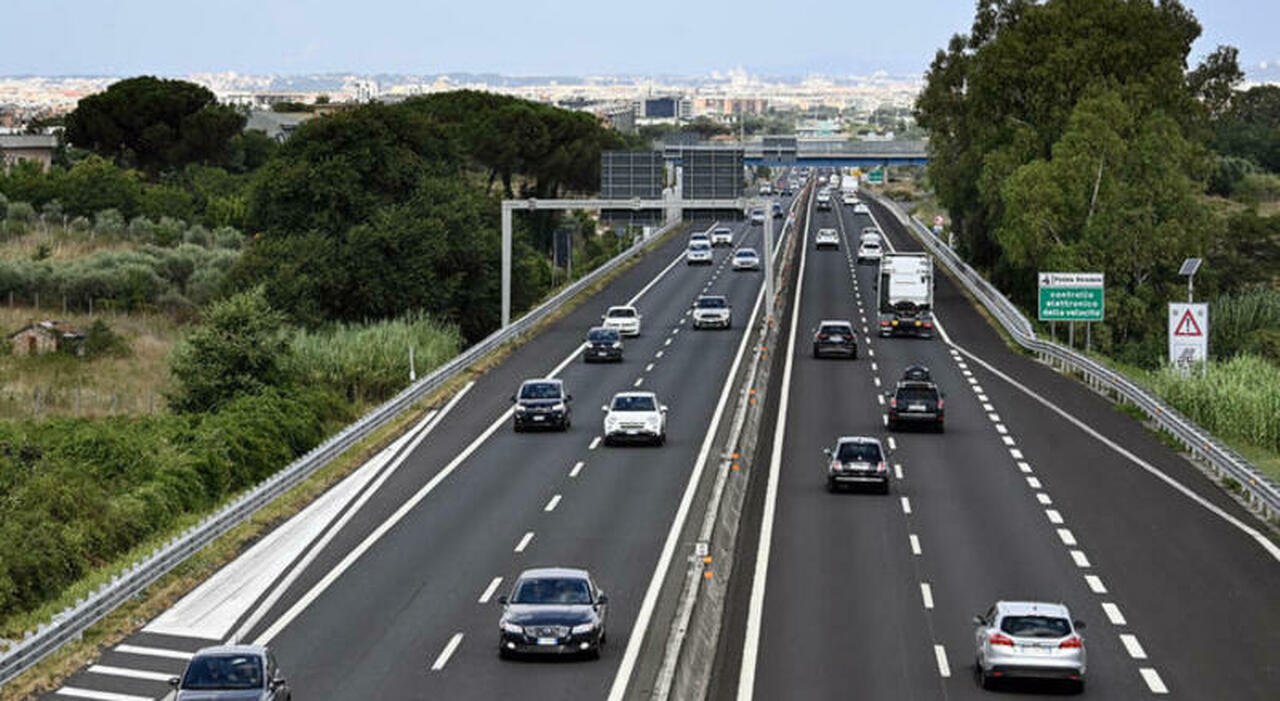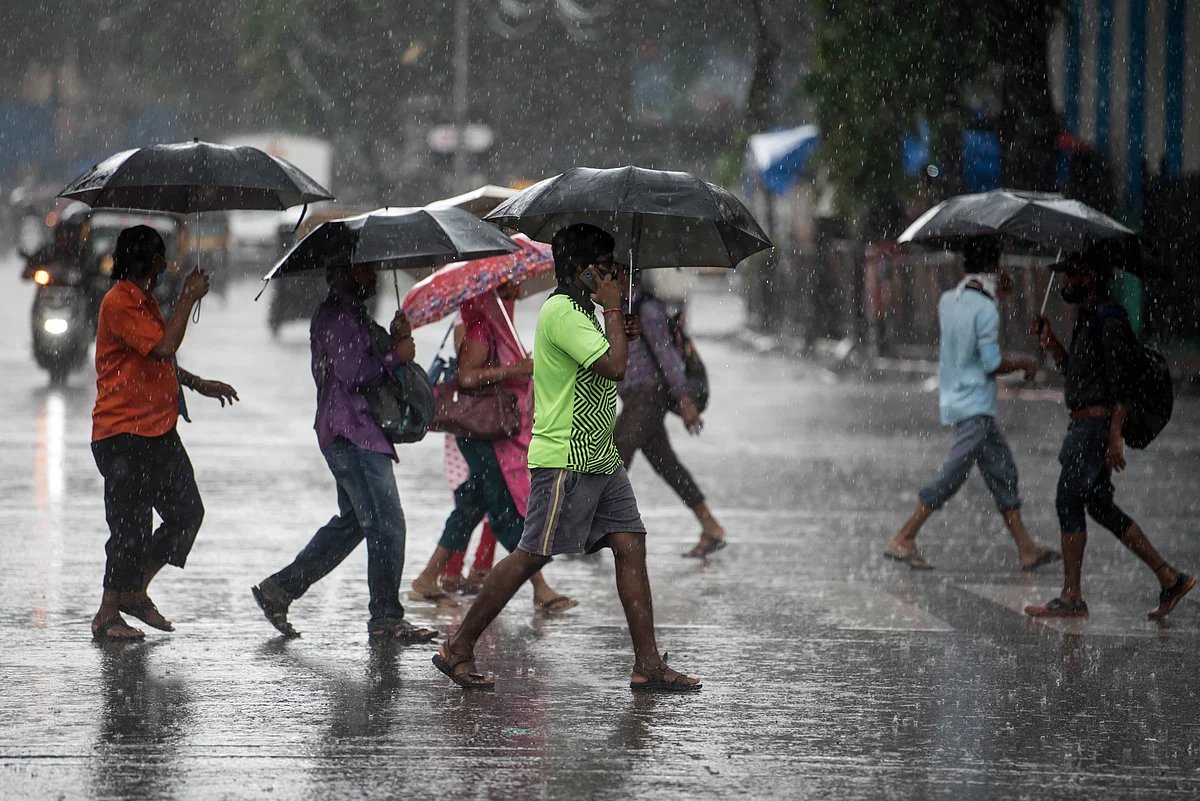Tips & Advices
Spain Travel Advisory 2025: Entry Requirements, Safety, and Essential Travel Tips- What You Need to Know

Saturday, July 5, 2025
Spain, one of the world’s most popular holiday destinations, offers stunning beaches, a rich cultural heritage, and delicious cuisine. But before you pack your bags for this Mediterranean paradise, it’s essential to understand the latest travel advice. The UK Foreign, Commonwealth & Development Office (FCDO) provides up-to-date guidance for British citizens traveling to Spain. Here’s what you need to know about entry requirements, safety, health tips, and cultural norms when traveling to Spain in 2025.
Entry Requirements for Spain
Spain is part of the Schengen Area, which affects entry requirements for UK citizens. If you’re traveling on a British citizen passport, there are specific rules to follow. Your passport must meet the following criteria:
- Issued within the last 10 years: If your passport was issued before October 1, 2018, check that the date of issue is less than 10 years old.
- Valid for at least 3 months after your planned departure from the Schengen area.
In addition to your passport, you may be required to show:
- A return or onward ticket
- Proof of travel insurance
- Evidence that you have sufficient funds for your stay (the required amount depends on your accommodation).
- A hotel booking confirmation or proof of residence, if staying at your own property.
- If staying with friends or family, an invitation letter or proof of address from your hosts, including a “carta de invitación” (invitation letter) for third-party stays.
Note that if you don’t meet these requirements, you could be denied entry at the border.
Health & Safety Tips for Traveling to Spain
While Spain is a generally safe destination, there are important safety precautions to consider during your visit. The FCDO has warned about potential risks such as terrorism. Although attacks could be indiscriminate, they are rare, so it’s crucial to stay vigilant:
- Stay aware of your surroundings
- Monitor local media for any updates
- Follow the advice of local authorities during your stay.
Be mindful of demonstrations or political gatherings, which can take place unexpectedly, particularly in cities. If you come across one, seek the guidance of local police or authorities.
Spain also has an ongoing issue with street crime. It’s recommended to avoid carrying all valuables at once and to exercise caution, especially in tourist-heavy areas. Common crimes include pickpocketing, scams, and incidents related to alcohol consumption, such as drink spiking.
Laws and Cultural Norms in Spain
When visiting Spain, respect for local laws and cultural practices is vital. While Spain is generally tolerant, certain public behaviors can result in fines:
- Drinking alcohol in public places: In some regions, it is illegal to drink alcohol on the streets.
- Behavior on balconies: Hotels can evict guests for dangerous behavior, including standing or leaning over balconies.
- Public nudity and swimwear: In certain areas, wearing swimwear outside designated beach zones is illegal. For instance, walking around in a bikini or swim shorts on the seafront promenade or adjacent streets can lead to a fine.
- Burkas and niqabs: Some public buildings in Spain may require you to remove these garments for security reasons.
For LGBTQ+ travelers, Spain is considered one of the most progressive countries, with legal same-sex marriage and vibrant LGBTQ+ communities, particularly in major cities like Madrid and Barcelona.
Natural Disasters and Extreme Weather
Spain’s climate can be extreme, especially during summer months. Wildfires are frequent, particularly in areas with dry conditions, including Spain’s islands. Visitors should be prepared for the possibility of sudden weather changes, including flash floods that could disrupt travel plans.
To stay safe, monitor weather reports regularly, and follow local authorities’ guidance during emergencies.
Health and Medical Care in Spain
Before traveling, ensure you are covered with travel insurance that includes medical care abroad. Spain offers universal healthcare for EU citizens, but as a UK citizen, you will need a Global Health Insurance Card (GHIC) or European Health Insurance Card (EHIC) for necessary state healthcare.
In case of a serious medical emergency, your travel provider and insurer will be your first point of contact to arrange treatment or medical evacuation if necessary.
Traveling in peace
With all these considerations, Spain remains an exciting, culturally rich, and affordable destination for tourists from around the world. To ensure a smooth and enjoyable trip, it is essential to stay informed about entry requirements, understand the country’s safety protocols, and be aware of cultural norms. Always check the latest government updates on official websites such as the UK Foreign Office or FCDO before you travel.
Taking the time to prepare properly can help you make the most of your time in Spain. Whether you’re lounging on the beaches of Costa Brava or exploring the historic streets of Seville, your holiday will be both safe and enjoyable.
Final Thoughts
Remember, travelling to Spain is not just about experiencing the beauty and excitement—it’s also about ensuring you stay informed and safe while traveling. By staying aware of the latest advice from official sources, you can explore Spain with confidence, knowing you’ve taken the necessary precautions for a memorable trip. Safe travels!
Tips & Advices
Essential Road Safety Tips for Summer Travel

Once again this year, the Highway Patrol, in anticipation of the massive summer exodus, wants to disseminate the useful vademecum to tackle and reach holiday destinations safely, advice that remains valid for any movement. Before setting off, it is good practice, first of all, to check the vehicle’s efficiency, with particular attention to the tire pressure and tread conditions which must not be less than 1.6 millimeters. Equally important, if the vehicle is equipped, is to also check the conditions of the spare wheel or otherwise the inflation kit. Check the engine fluid levels, brake pad wear, and therefore the correct functioning of all the vehicle’s lighting devices such as headlights, rear lights, brake lights, and turn signals. Equally important is the condition of the front and rear windshield wipers, whose proper functioning is essential for optimal visibility even in case of rain. The arrangement of the luggage must also be taken care of in such a way that the distribution of the loads does not unbalance the stability of the vehicle and, if using roof racks, always ensure they are well anchored. In case of transport, pets must be secured in the appropriate carriers. Before departure, avoid consuming large meals or drinking alcoholic beverages and possibly check the traffic and weather conditions along the route to be traveled. It is also reminded that it is mandatory for passengers in the front and rear seats to always wear seat belts and secure children in appropriate approved seats. For those traveling on two wheels, it is important to fasten the protective helmet properly and use protective measures. During the journey, proceed at a moderate speed, respecting the limits set by the road owner, exercising maximum caution if you decide to overtake using the appropriate lane. Traffic on the highway, the red and black flag days for August 2025. Avoid any distraction during the journey, especially using the smartphone, even for a very short moment because hundreds of meters are covered without the necessary attention. On the highway, it is reminded that it is allowed to occupy the emergency lanes only in cases of actual necessity, and if so, position the emergency triangle at least 100 meters from the broken-down vehicle, always wearing the reflective vest. Where possible, however, it is better to stop in the appropriate service areas. In any case, without further delay, contact the single emergency number (112) indicating the exact position and wait for the arrival of assistance. At the same number, all possible issues such as accidents, vehicles in trouble, objects on the road, or fires must be reported; in this regard, it is absolutely forbidden to throw cigarettes or matches out of the windows. In case of fatigue, it is advisable to reach a safe place for a stop, so as to resume normal attention conditions for safe and responsible driving. On the State Police website, in the area reserved for Italy’s Viability (https://www.poliziadistato.it/articolo/1815cb58d622d6ac985858152) the ‘Summer Exodus Plan 2025’ has been published where it is possible to find: – the intense traffic calendar (flags); – the mapping of the road and motorway sections most subject to traffic issues and related alternative itineraries (north – center – south and islands); – the geographical areas ordinarily subject to overflight by State Police and Carabinieri aircraft; – the railway police surveillance plan; – the mapping of speed detection systems (tutors) located on the motorway network.
© ALL RIGHTS RESERVED
This article is automatically translated
Tips & Advices
Mississippi school travel safety tips

JACKSON, Miss. (WJTV) – Mississippi parents and students are encouraged to stay safe while going to school and back home.
AMR in central Mississippi advised parents to teach their children the following rules to stay safe when traveling to or from school.
Getting on or off the bus:
-
Riders should stay outside the “danger zone” around the bus. The danger zone is ten feet wide all the way around the bus. For little children, say six “giant steps” At that distance from the bus, the bus driver can see a child.
-
If you drop something near the bus, first signal the driver and tell him or her. Never try to pick it up first because the driver may not be able to see you.
-
Always stay away from the wheels of the bus.
-
Hold on to the handrail on the bus.
-
Never assume other vehicles have stopped for the school bus. Keep watching for other vehicles as you walk in front of the bus.
-
If you must cross the street in front of the bus, walk at least ten feet ahead of the bus until you can turn around and see the driver.
-
Make sure the bus driver can see you.
-
Wait for a signal from the bus driver before beginning to cross.
-
When the bus driver signals for you to cross, walk across the road while also keeping an eye out for sudden traffic changes.
-
If you leave something on the bus, never go back to get it. The bus may already be moving and the driver might not see the child.
Getting to the bus stop:
-
Parents should walk smaller children to their stop.
-
Each child should be dressed in contrasting bright colors.
-
Leave home early enough to avoid running to the bus. Running to the bus can be dangerous.
-
Older children should watch the younger ones closely.
-
Children walking or standing in groups are easier for drivers to see than one child alone.
Waiting for the bus to arrive:
-
Always stand at least ten feet from the curb or edge of the road.
-
Do not run or play while waiting for the bus.
-
Do not take anything out of backpacks while waiting. That way, nothing gets dropped or blows away in the wind.
Getting on the bus:
-
Be sure the bus driver can see you and you can see the bus driver.
-
Enter the bus in a single file with the younger children first.
-
Never walk behind the bus.
While the bus is in motion:
-
Stay seated, facing forward.
-
Keep your hands to yourself.
-
Talk quietly. Don’t talk at all near railroad crossings so the driver can listen closely for sounds of a train.
-
Do not distract the driver.
-
Keep the aisles clear. Keep your belongings on your lap.
-
Do not block emergency exits with sports equipment or musical instruments.
Walking to and from school:
-
Always walk on the sidewalk when one is available.
-
Cross the street only at intersections or street corners. Do not “jaywalk.” If a crosswalk is painted on the street, use it.
-
Before you begin to cross the street, stop and look left, right and left again to spot oncoming cars.
-
If no cars are coming, it is safe for you to cross but continue looking left-right-left as you cross.
-
Do not dart into the street between parked vehicles.
Riding a bicycle to school:
-
Always wear a helmet when riding your bicycle.
-
Make sure that your helmet fits correctly.
-
Ride on the right side of the road in the same direction other vehicles are going.
-
If two or more bikers are together, ride one behind the other, not side by side.
-
Come to a complete stop before crossing each street.
-
Make sure clothes, shoes and the bicycle have reflective materials on them so drivers can see you more easily.
Thanks for signing up!
Watch for us in your inbox.
Subscribe Now
Copyright 2025 Nexstar Media, Inc. All rights reserved. This material may not be published, broadcast, rewritten, or redistributed.
For the latest news, weather, sports, and streaming video, head to WJTV.
Tips & Advices
Weather Updates Across India: Travel Disruptions, Flood Warnings And Safety Tips – Outlook Traveller
-

 Brand Stories3 weeks ago
Brand Stories3 weeks agoBloom Hotels: A Modern Vision of Hospitality Redefining Travel
-

 Brand Stories2 weeks ago
Brand Stories2 weeks agoCheQin.ai sets a new standard for hotel booking with its AI capabilities: empowering travellers to bargain, choose the best, and book with clarity.
-

 Destinations & Things To Do3 weeks ago
Destinations & Things To Do3 weeks agoUntouched Destinations: Stunning Hidden Gems You Must Visit
-

 Destinations & Things To Do2 weeks ago
Destinations & Things To Do2 weeks agoThis Hidden Beach in India Glows at Night-But Only in One Secret Season
-

 AI in Travel3 weeks ago
AI in Travel3 weeks agoAI Travel Revolution: Must-Have Guide to the Best Experience
-

 Brand Stories1 month ago
Brand Stories1 month agoVoice AI Startup ElevenLabs Plans to Add Hubs Around the World
-

 Brand Stories4 weeks ago
Brand Stories4 weeks agoHow Elon Musk’s rogue Grok chatbot became a cautionary AI tale
-

 Brand Stories2 weeks ago
Brand Stories2 weeks agoContactless Hospitality: Why Remote Management Technology Is Key to Seamless Guest Experiences
-

 Asia Travel Pulse1 month ago
Asia Travel Pulse1 month agoLooking For Adventure In Asia? Here Are 7 Epic Destinations You Need To Experience At Least Once – Zee News
-

 AI in Travel1 month ago
AI in Travel1 month ago‘Will AI take my job?’ A trip to a Beijing fortune-telling bar to see what lies ahead | China













